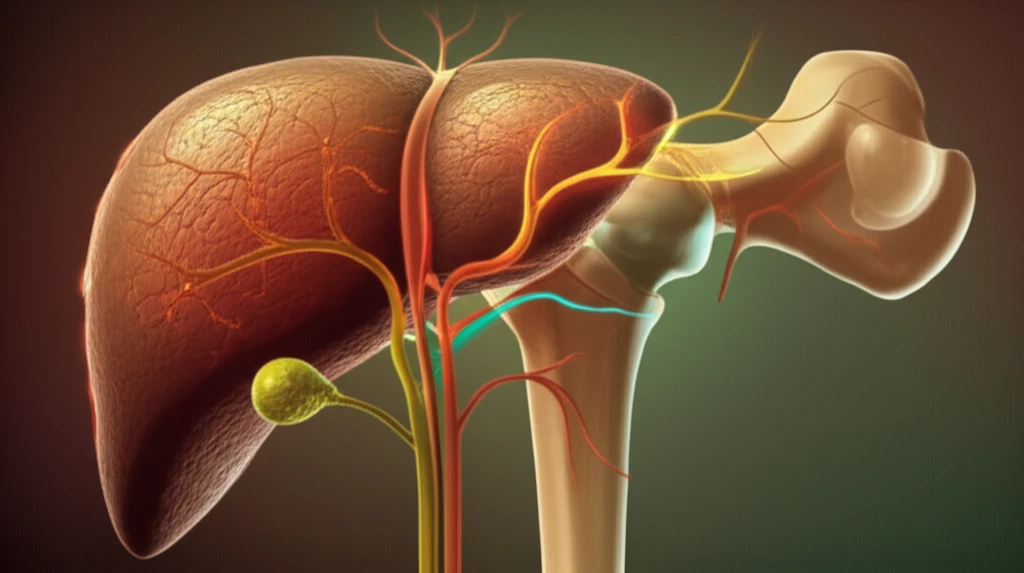
Liver Enzymes and Bone Health: What's the Connection?
"Could routine liver tests offer clues to your bone density? Korean study reveals surprising links, especially for women and older adults."
Osteoporosis is a widespread health concern, characterized by weakened bones and increased fracture risk. Maintaining bone health is critical, and understanding factors that influence bone density is essential for prevention. While diet and exercise are well-known factors, emerging research suggests a connection between seemingly unrelated aspects of health, like liver function.
A recent study conducted in Korea sheds light on a potential relationship between liver enzyme levels and bone mineral density (BMD). Liver enzymes, such as aspartate aminotransferase (AST), alanine aminotransferase (ALT), and gamma-glutamyl transferase (GGT), are commonly measured to assess liver health. This research explores whether these enzymes are linked to bone strength, particularly in a population often underrepresented in such studies.
This article breaks down the study's findings, explaining the connection between liver enzymes and bone density, what it means for your health, and actionable steps you can take. We'll explore how this research contributes to a broader understanding of osteoporosis and potential avenues for prevention.
Decoding the Liver-Bone Connection: What the Study Revealed

The Korean study analyzed data from over 7,000 adults, examining the relationship between their liver enzyme levels and BMD at various skeletal sites, including the femoral neck, lumbar spine, entire femur, and whole body. Researchers used a comprehensive approach, adjusting for factors like age, sex, BMI, smoking, alcohol consumption, exercise, education, and diabetes to isolate the specific impact of liver enzymes.
- GGT and Bone Density: Higher levels of GGT were consistently associated with lower bone density at all measured sites.
- ALT and Lumbar Spine: Elevated ALT levels showed a negative correlation with bone density in the lumbar spine.
- AST and Lumbar Spine: Similar to ALT, higher AST levels were linked to reduced bone density in the lumbar region.
- Specific Populations: The link between GGT and BMD was particularly strong in postmenopausal women and older men.
What This Means for You: Actionable Steps for Bone and Liver Health
While more research is needed to fully understand the mechanisms linking liver enzymes and bone density, the Korean study provides valuable insights. It suggests that maintaining liver health could be an important factor in preventing osteoporosis, especially for women after menopause and older adults.
Here are some practical steps you can take:
<ul> <li><b>Routine Check-ups:</b> Talk to your doctor about your liver health, especially if you have risk factors for liver disease. Regular blood tests can monitor your liver enzyme levels.</li> <li><b>Healthy Lifestyle:</b> Adopt a balanced diet, rich in fruits, vegetables, and whole grains. Limit alcohol consumption and avoid smoking.</li> <li><b>Weight Management:</b> Maintain a healthy weight to reduce the risk of non-alcoholic fatty liver disease (NAFLD), which can elevate liver enzyme levels.</li> <li><b>Exercise:</b> Engage in regular weight-bearing exercises to strengthen bones and improve overall health.</li> <li><b>Bone Density Screening:</b> If you're a postmenopausal woman or have other osteoporosis risk factors, discuss bone density screening with your doctor.</li> </ul>
